How to pick out the best anago eel and other things we learned at the anago processing center
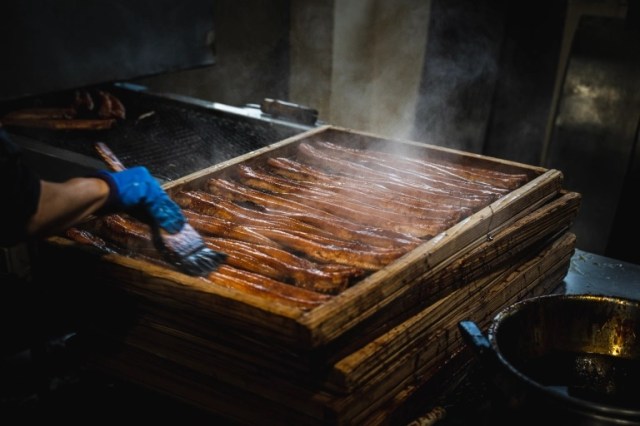
Getting hungry and knowledgeable on a visit to Japan’s number-one anago prefecture.
While travelling trough Shimane Prefecture, on the northern side of the western tip of Japan’s main island of Hokkaido, our Japanese-language reporter Tasuku Egawa stepped into a restaurant for lunch. As he looked over the menu, he noticed a large number of anago (conger eel) dishes, so he figured he’d order a few…
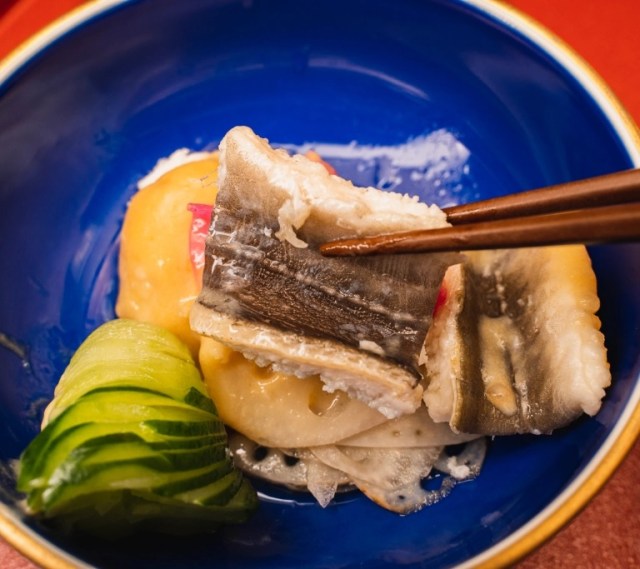
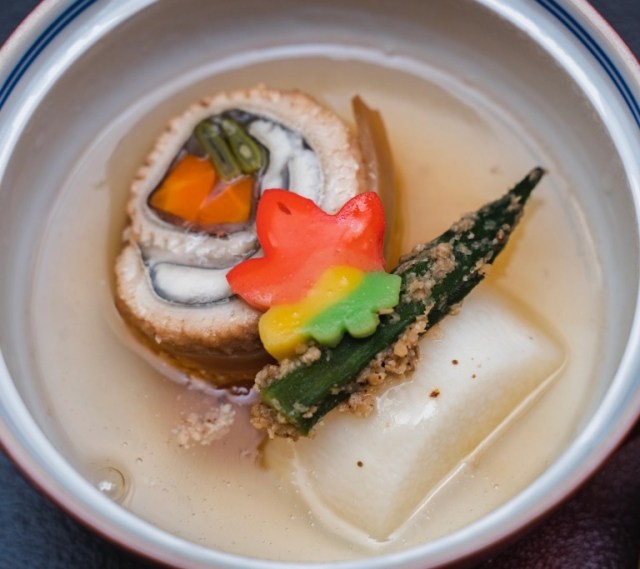
…and they were all amazingly delicious.
Really, though, Tasuku should have seen this coming. Shimane now catches more anago than any other prefecture in Japan, and it’s becoming one of the area’s representative foodstuffs. The Shimane cities of Hamada and Ota, in particular, are gaining fame among foodies looking for tasty anago, and both towns’ tourism departments now promote local restaurants that specialize in it.
So Tasuku decided to go deeper into the world of Shimane anago by visiting Murata Gyoson, a Hamada company that runs an Anago processing center.
▼ Murata Gyoson
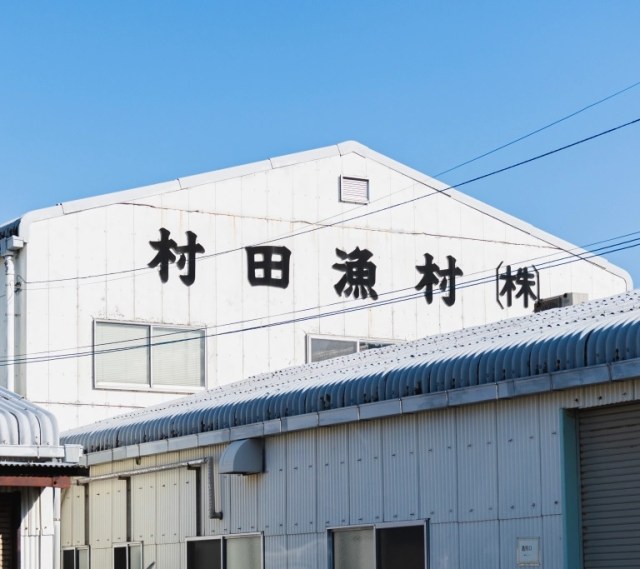
“Processing center” might have you imagining a lot of industrial robots whirring about, but much of the work of cleaning and preparing anago is still handled in a traditional, old-school way here. As Tasuku entered the building and walked past the shipping dock, he saw wooden crates filled with whole anago which had just been purchased at auction that morning.
▼ Prices vary by the day, but a crate typically sells for somewhere between 15,000 and 25,000 yen (US$116-US$194).
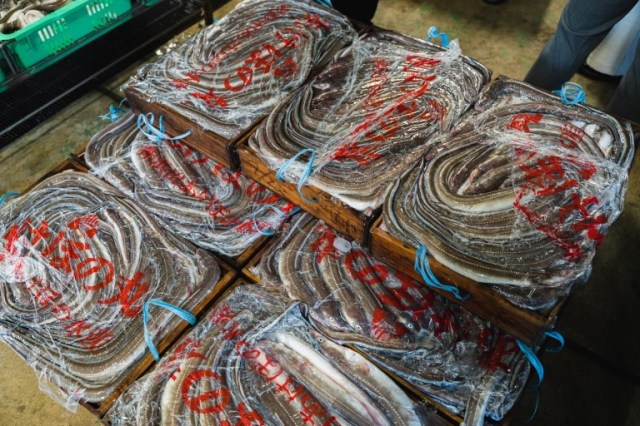
Once the anago are removed from the crates, a worker starts filleting them by hand with a knife.
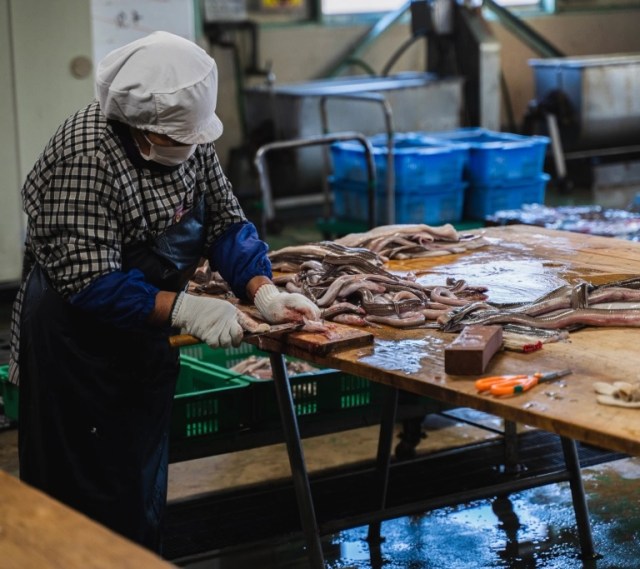
One of the most popular ways to cook anago is kabayaki, in which the eel is treated with a sweet soy-based glaze. So after fileting them, Murata Gyoson brushes them with the sauce and puts them on the conveyor grill of its kabayaki machine.

This isn’t a “set it and forget it” process, though. Workers carefully adjust the strength of the flames so that each fillet is properly cooked but not burned, preserving its flavor and moistness.
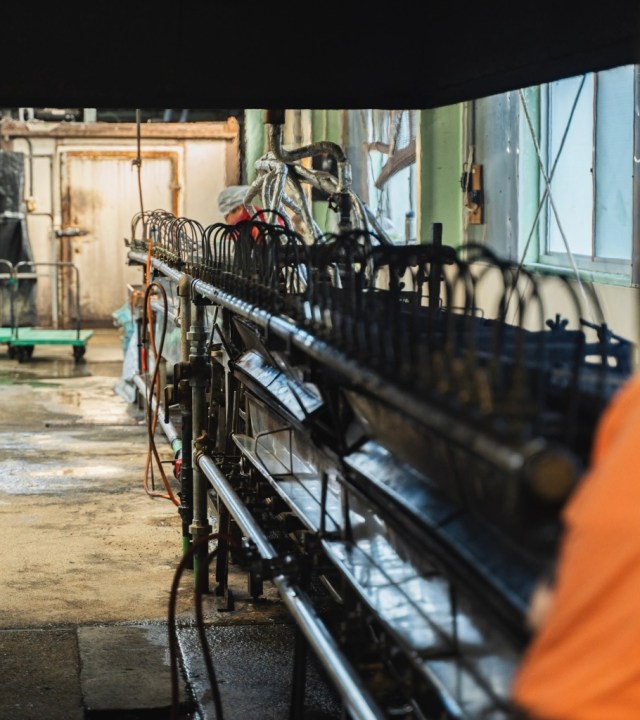
Once they’re cooked, the filets are given an additional brushing of glaze…

…and packaged for shipping.

But as he watched the mouthwatering start-to-finish kabayaki process, Tasuku noticed something else. As the worker sliced the anago, she separated some of the pieces into separate piles.
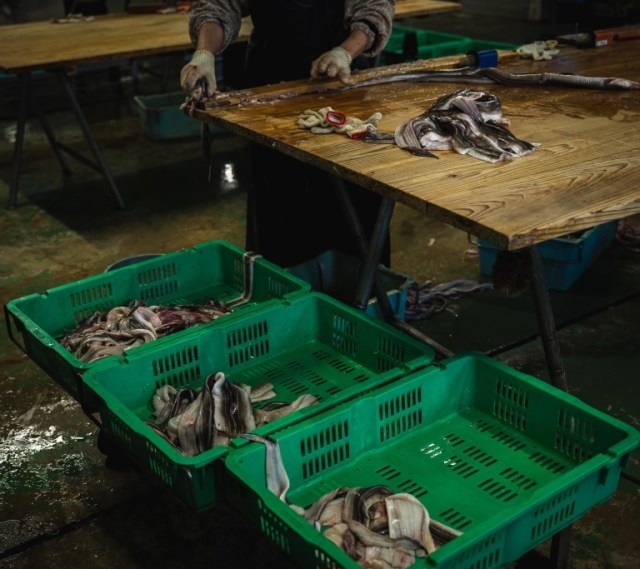
That’s because not all of Murata Gyoson’s ends up as kabayaki. Large anago that are judged to be of especially high quality instead become shirayaki anago, lightly grilled without glaze so that the natural flavor plays a larger role.
▼ Shirayaki
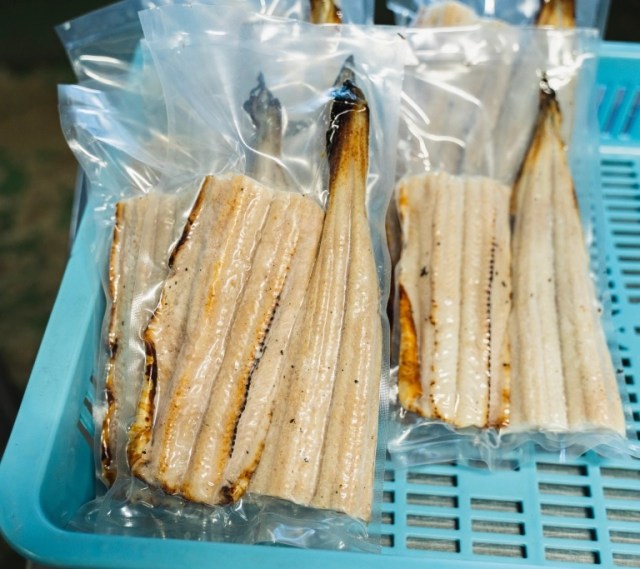
Beyond shirayakai, the largest, most pristine pieces of anago have the exalted fate of being used for ni-anago, parboiled eel.
So this got Tasuku wondering: How do you determine how high the quality of anago before actually taking a bite of it? Thankfully, Murata Gyoson was happy to provide some handy pointers that you can use the next time you’re picking out anago at the grocery store or fish market.
1. Check the eyes. This pretty much goes for all seafood, but the clearer and brighter the eyes are, the fresher the anago is.
▼ Having just been caught that morning, this anago’s eyes mark it as especially fresh.
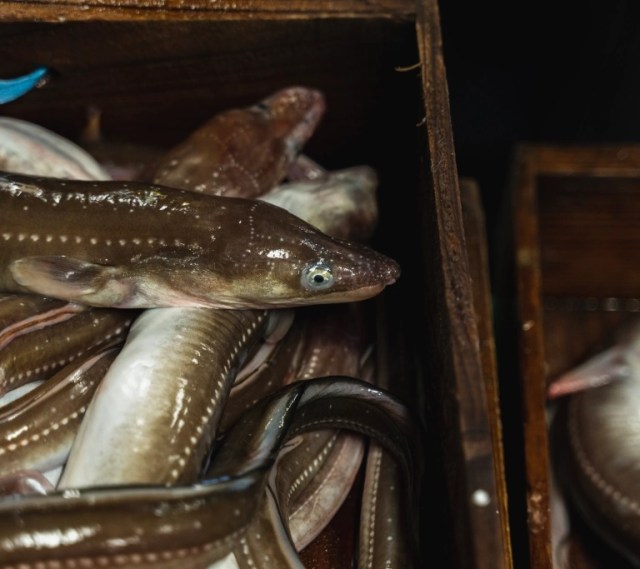
2. Go for the gold (skin color). At a glance, most people would say anago are silver, white, or gray. If you’re looking at a really fresh, high-quality example, though, the skin will have a golden shine to it, like in the photo here.
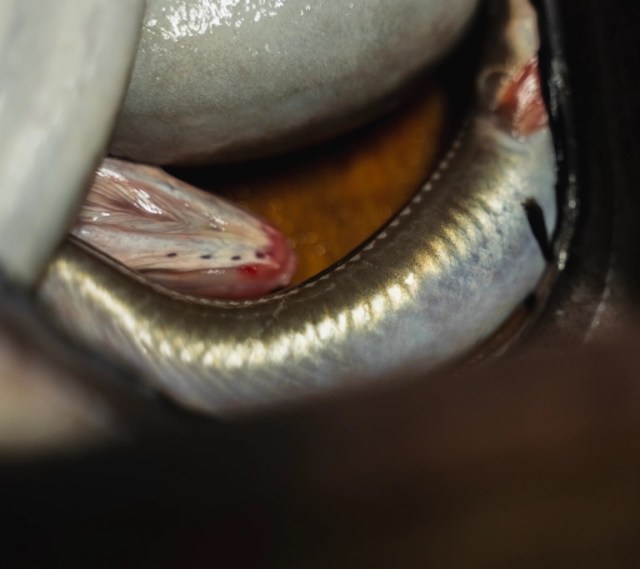
3. Compared to the first two visual checks, this one can be kind of hard to determine if you haven’t spent a lot of time looking at eels, but high-quality anago has a tight, firm stomach. The looser and flabbier the belly, the more likely it is that the anago has had some damage to its internal organs, which can make the flavor of its meat gamey. Softer-stomached anago are also more likely to have lived their lives in warmer waters, where the type of prey available for them to have fed on can also contribute to gaminess.
▼ Firm-stomached anago
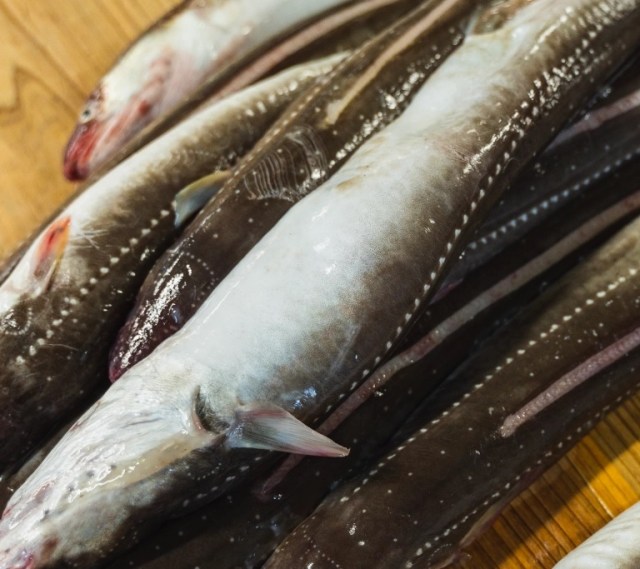
4. And last, once the anago is fileted, you can tell higher-quality meat by its color. Average-quality anago will have red or yellow hues to it…
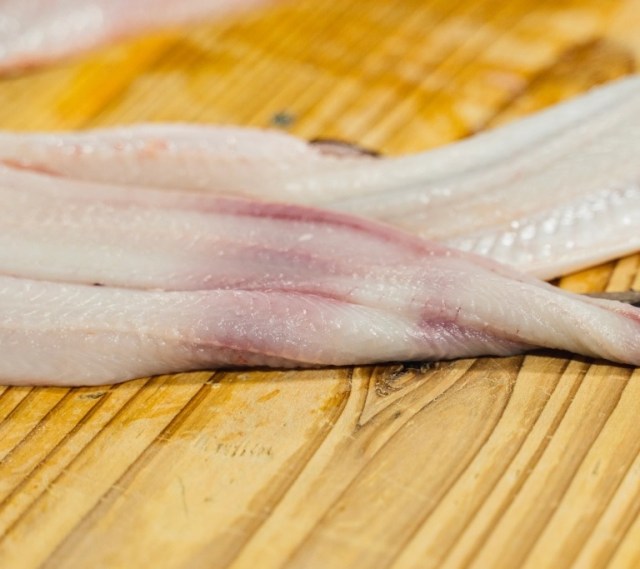
…but top-notch anago will be white, like this.
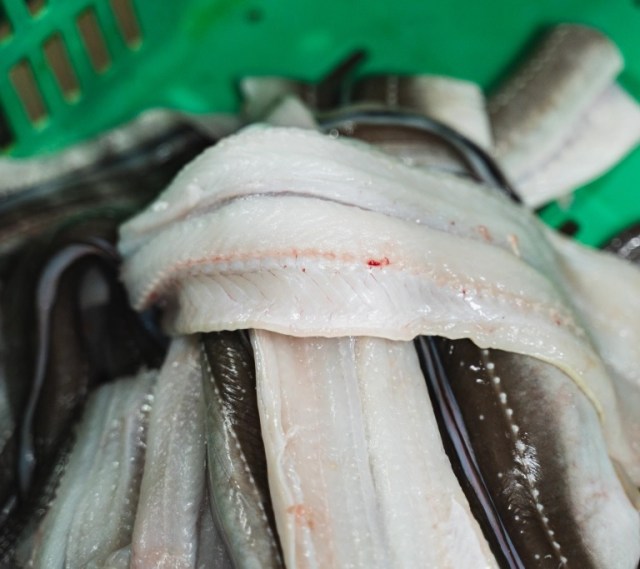
Armed with this knowledge, Tasuku now feels more confident in being able to select the tastiest anago out of his options at the supermarket, and also in choosing how to cook it. Still, it’s going to be hard to beat professionally prepared caught-that-day anago, so he knows what he’ll be ordering when eating out on his next trip to Shimane.
Related: Murata Gyoson
Photos ©SoraNews24
● Want to hear about SoraNews24’s latest articles as soon as they’re published? Follow us on Facebook and Twitter!
Credit:

0 comments: